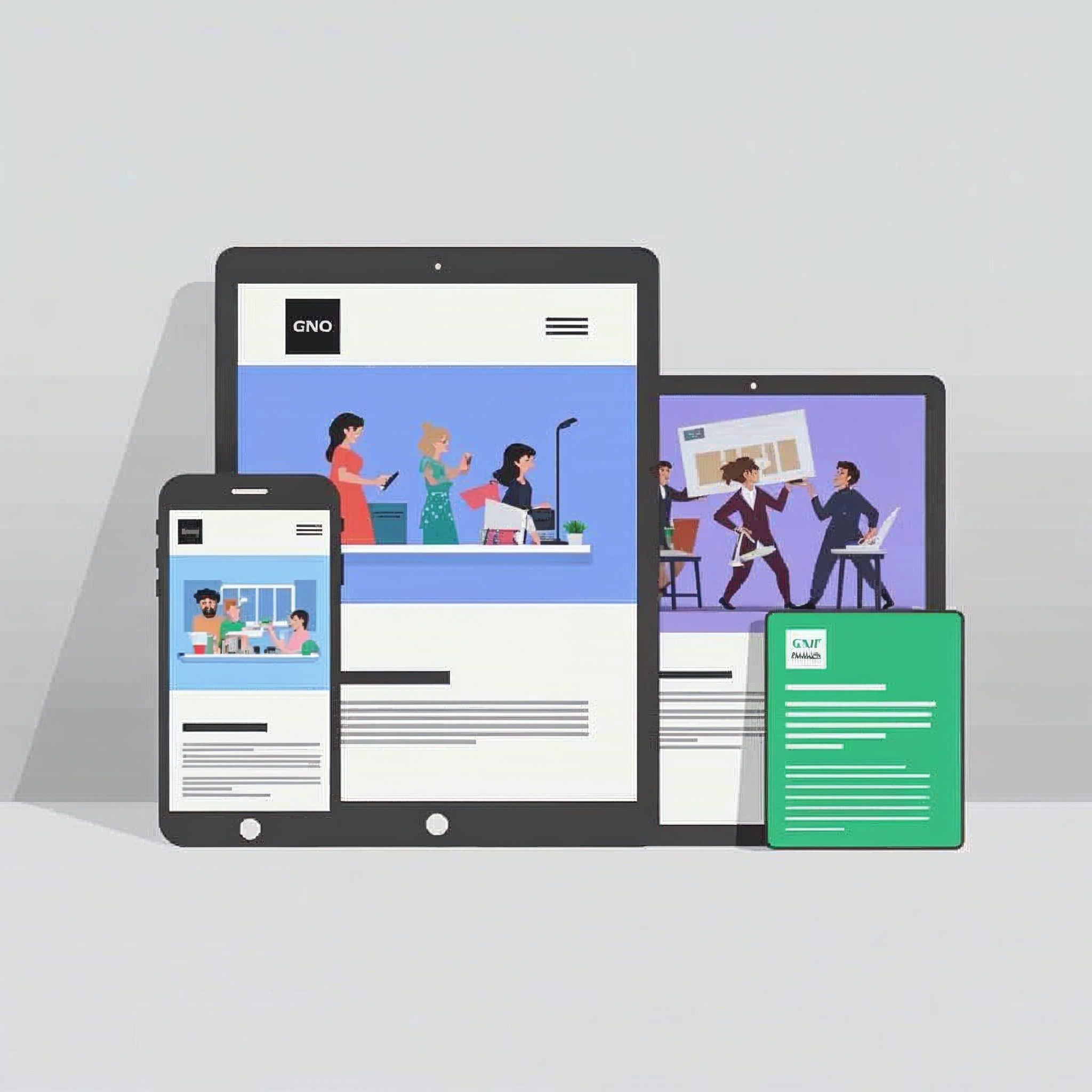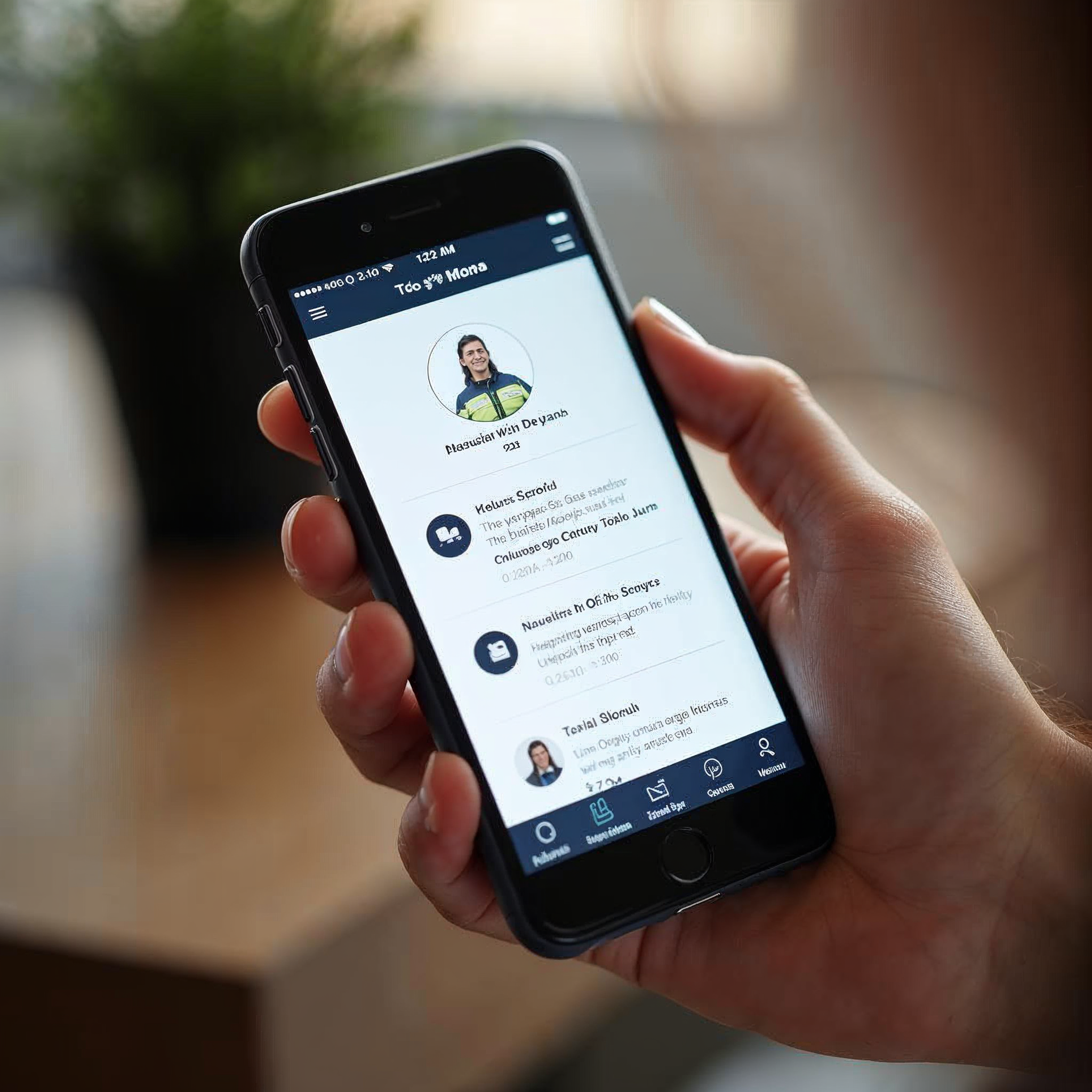Transform Your Business with Expert Web Design: Creating a User-Friendly and Effective Website
In today’s digital age, the importance of a well-designed website cannot be overstated for businesses aiming to thrive in a competitive market. Expert web design goes beyond mere aesthetics; it is about crafting a user-friendly and effective platform that enhances the user experience and drives engagement. By integrating the latest website design trends and ensuring a responsive design, businesses can attract and retain customers more effectively. Whether you’re a business owner, marketing manager, or website owner, leveraging expert insights into web design and website development can transform your online presence and set the stage for long-term success. In this article, we delve into the essential strategies and techniques that will empower your business with a cutting-edge website, positioning you as a leader in your industry.
Importance of Web Design for Businesses

In today’s digital landscape, web design plays a crucial role in determining a business’s success online. This section explores how effective web design impacts user experience, customer engagement, and brand credibility.
Enhancing User Experience
User experience (UX) is at the heart of successful web design. A well-designed website creates a seamless journey for visitors, making it easy for them to find information and complete desired actions.
Effective UX design focuses on understanding user needs and behaviors. By analyzing user data and conducting usability tests, designers can create intuitive interfaces that guide visitors effortlessly through the site.
Key elements of UX-focused web design include clear navigation, logical information architecture, and responsive layouts. These components work together to reduce friction and increase user satisfaction, ultimately leading to higher engagement and conversion rates.
Driving Customer Engagement
Engaging web design is essential for capturing and retaining customer attention. It goes beyond aesthetics to create meaningful interactions that keep visitors on your site longer.
Interactive elements, such as hover effects, animations, and micro-interactions, can significantly enhance engagement. These features provide visual feedback and make the browsing experience more dynamic and enjoyable.
Content presentation also plays a crucial role in engagement. Using a mix of text, images, videos, and infographics can cater to different learning styles and preferences, making your content more accessible and compelling to a wider audience.
Building Brand Credibility
A professional web design is a powerful tool for establishing and reinforcing brand credibility. It serves as a digital storefront, often forming the first impression potential customers have of your business.
Consistency in design elements, such as color schemes, typography, and imagery, helps reinforce brand identity. This visual cohesion across your website and other marketing channels builds recognition and trust.
Moreover, a well-designed website that functions smoothly and provides valuable content demonstrates competence and reliability. This perceived professionalism can be the deciding factor for customers choosing between competing businesses.
Key Elements of User-Friendly Websites
Creating a user-friendly website involves several critical components that work together to provide a smooth and enjoyable experience for visitors. This section delves into the essential elements that contribute to user-friendly web design.
Intuitive Navigation
Intuitive navigation is the backbone of a user-friendly website. It allows visitors to find what they’re looking for quickly and easily, reducing frustration and improving overall user satisfaction.
Key principles of intuitive navigation include:
-
Clear and descriptive menu labels
-
Logical grouping of related content
-
Consistent navigation structure across all pages
-
Search functionality for larger sites
A well-designed navigation system also includes breadcrumbs, allowing users to understand their location within the site hierarchy and easily navigate back to previous pages.
Remember, the goal is to minimize the number of clicks required for users to reach their desired destination. This approach not only improves user experience but also increases the likelihood of conversions.
Clear Call-to-Actions
Effective call-to-actions (CTAs) guide users towards desired actions, whether it’s making a purchase, signing up for a newsletter, or requesting more information. Clear and compelling CTAs are essential for converting visitors into customers.
Best practices for designing effective CTAs include:
-
Using action-oriented language (e.g., “Get Started,” “Learn More,” “Shop Now”)
-
Making buttons visually distinct and easily clickable
-
Placing CTAs in prominent locations on the page
-
Using contrasting colors to make CTAs stand out
It’s also important to consider the context and user journey when placing CTAs. For example, a “Buy Now” button might be more effective on a product page, while a “Learn More” CTA could work better on a homepage or blog post.
Fast Loading Times
In today’s fast-paced digital world, website speed is crucial. Slow-loading pages can lead to high bounce rates and lost conversions. Studies show that even a one-second delay in page load time can result in a 7% reduction in conversions.
To improve loading times:
-
Optimize images and use appropriate file formats
-
Minimize HTTP requests by combining files where possible
-
Enable browser caching to store static content
-
Use a content delivery network (CDN) for faster global access
Regular performance testing and optimization should be part of your ongoing web maintenance strategy to ensure your site remains fast and responsive as it grows and evolves.
Current Website Design Trends
Staying current with web design trends is crucial for maintaining a modern and engaging online presence. This section explores some of the most influential design trends shaping the digital landscape today.
Minimalist Aesthetics
Minimalism continues to dominate web design, focusing on simplicity and functionality. This approach emphasizes clean layouts, ample white space, and a restrained color palette.
Key aspects of minimalist design include:
-
Streamlined navigation
-
Limited color schemes
-
Typography as a design element
-
Strategic use of negative space
Minimalist design not only creates a visually appealing interface but also improves usability by reducing cognitive load on users. It allows important content and calls-to-action to stand out, guiding users more effectively through the site.
Incorporating Multimedia
Multimedia elements are becoming increasingly important in modern web design, helping to create more immersive and engaging user experiences.
Effective use of multimedia can include:
-
High-quality images and illustrations
-
Video backgrounds or embedded video content
-
Interactive infographics
-
3D elements and animations
When incorporating multimedia, it’s crucial to balance visual appeal with performance. Optimize media files to ensure they don’t negatively impact page load times or mobile data usage.
Personalized User Experience
Personalization is a growing trend in web design, aiming to provide tailored experiences for individual users based on their preferences, behavior, or demographics.
Personalization can be implemented through:
-
Dynamic content that changes based on user data
-
Customized product recommendations
-
Personalized greetings and messaging
-
Location-based content or offers
By leveraging user data and AI technologies, websites can create more relevant and engaging experiences, potentially increasing user satisfaction and conversion rates.
Implementing Responsive Design
Responsive design is no longer optional in today’s multi-device world. This section explores the key aspects of implementing a responsive design strategy that ensures your website performs well across all devices and platforms.
Mobile Optimization

With mobile devices accounting for over half of global web traffic, mobile optimization is crucial for reaching and engaging your audience effectively.
Key considerations for mobile optimization include:
-
Implementing a mobile-first design approach
-
Using responsive images that adjust to screen size
-
Simplifying navigation for smaller screens
-
Ensuring touch-friendly interface elements
Mobile optimization also involves considering factors like load times and data usage, which are particularly important for mobile users who may have slower connections or limited data plans.
Cross-Browser Compatibility
Ensuring your website functions correctly across different browsers is essential for providing a consistent user experience to all visitors.
Steps to achieve cross-browser compatibility:
-
Use standardized HTML, CSS, and JavaScript
-
Test your site on multiple browsers and versions
-
Implement graceful degradation for older browsers
-
Use CSS prefixes for browser-specific styles
Regular testing and updates are necessary to maintain compatibility as browsers evolve and new versions are released.
Accessibility Features
Web accessibility ensures that people with disabilities can perceive, understand, navigate, and interact with your website effectively.
Key accessibility features include:
-
Proper heading structure for screen readers
-
Alt text for images
-
Keyboard navigation support
-
Sufficient color contrast for readability
Implementing accessibility features not only makes your site more inclusive but can also improve SEO and overall usability for all users.
Long-Term Benefits of Expert Web Design
Investing in expert web design offers numerous long-term benefits that can significantly impact your business’s online success. This section explores how professional web design contributes to improved SEO rankings, increased conversion rates, and a stronger online presence.
Boosting SEO Rankings
A well-designed website is a cornerstone of effective search engine optimization (SEO). Search engines like Google consider user experience factors when ranking websites.
Key design elements that impact SEO include:
-
Mobile responsiveness
-
Page load speed
-
Intuitive site structure and navigation
-
Quality content presentation
By integrating SEO best practices into your web design, you can improve your visibility in search results, driving more organic traffic to your site over time.
Increasing Conversion Rates
Expert web design focuses not just on aesthetics, but on creating a user journey that guides visitors towards desired actions, ultimately increasing conversion rates.
Conversion-focused design elements include:
-
Clear and prominent calls-to-action
-
Streamlined checkout processes
-
Trust signals (e.g., security badges, testimonials)
-
Persuasive content layout
A/B testing different design elements can help refine your site’s conversion optimization strategy, leading to continuous improvement in conversion rates.
Strengthening Online Presence
A professionally designed website serves as a powerful tool for strengthening your overall online presence and brand image.
Benefits of a strong online presence include:
-
Increased brand recognition and recall
-
Enhanced credibility and trust among potential customers
-
Improved customer engagement and loyalty
-
Greater competitive advantage in the digital marketplace
By consistently delivering a high-quality user experience through expert web design, you can establish your brand as a leader in your industry and create lasting connections with your target audience.
